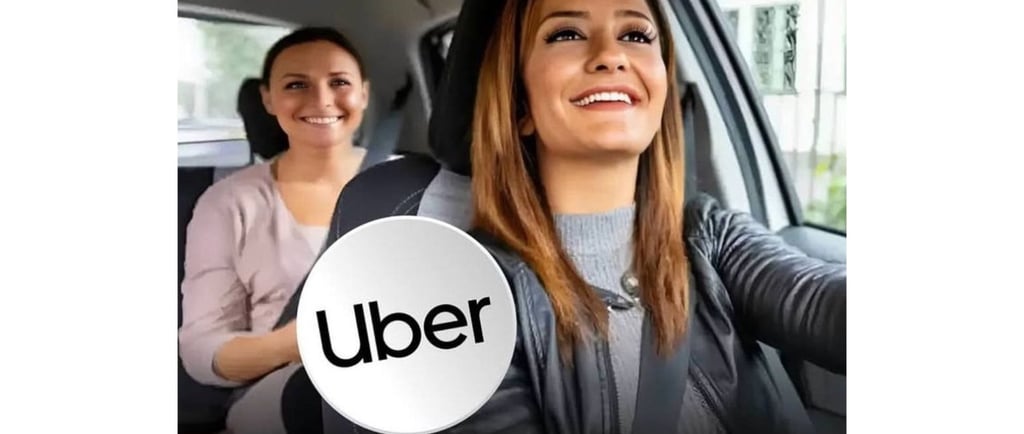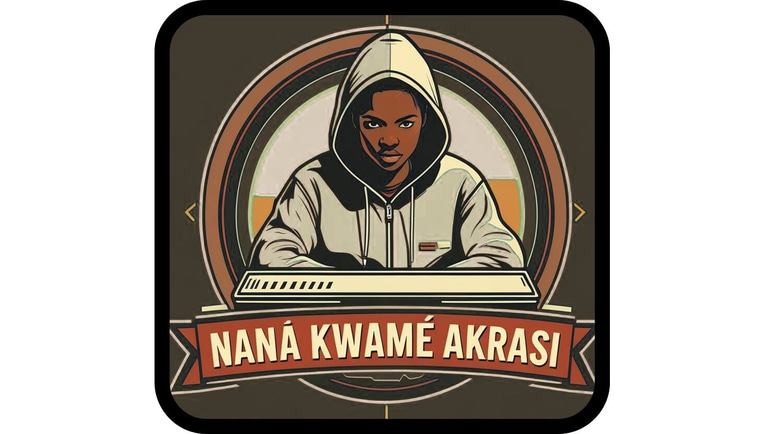🚗 Uber’s New “Women-Only” Feature Turns Heads—But Competitors Say, Been There, Driven That
Uber just dropped a new feature aimed at making rides safer and more comfortable for women
NANA KWAME
7/28/20253 min read


Uber has announced it’s plans to pilot a ride type that will match female clients with female drivers. The company is hoping this will expand a safety feature that’s already available in other international markets. However, industry competitors remain skeptical, pointing out that similar options have been available elsewhere for years.
When riders open their Uber app, they should be able to select the newly added “Women Drivers” option. Just like with other existing options, like Comfort or UberXL, clients will be able to book such a trip in advance or set their preference in the app settings to increase the likelihood of being matched with a woman driver, the company said in a statement.
Female drivers should also be able to select the new option in the settings of their driver app. “It’s about giving women more choice, more control, and more comfort when they ride and drive,” said Camiel Irving, vice president of operations in the US and Canada.
Cities that have a bigger population of women drivers will be the ones that get the feature sooner, she said, but added that the three options are designed to allow different ways of matching without compromising wait times and service availability.
The pilot is set to take place in Los Angeles, San Francisco, and Detroit. According to Irving, Uber sees the experiment as an opportunity to attract more female drivers to the platform.
“Our expectation is that it's going to be just as popular in the US both with drivers and with prospective drivers,” she said.
A survey done this year by Uber reveals that about one in five of the company’s US drivers are female.
Although this service has not been launched yet and should see the day of light over the “next few weeks,” it has already been met with skepticism from the industry. One of the main concerts is on the timing of women drivers.
The introduction of the feature comes as no surprise to the industry, as other market players have had it for several years. For example, inDrive, currently the second most downloaded ride-hailing app globally, which ranks just behind Uber.
The essence of the platform is allowing riders to choose their own driver. After entering the pickup and drop-off locations, users can suggest a fare or accept a recommended one. Nearby drivers then respond with their own price offers, and the rider can view each driver's rating, arrival time, and vehicle details.
Mark Loughran, President of inDrive, believes that this approach empowers both sides, fosters mutual trust and is especially important for women, who say they feel safer when they can make informed choices about their mobility.
“These efforts also help support women's economic empowerment. For example, the 'Lady’s Car' project in Peru helped increase the number of women behind the wheel. Similarly, in India, our DrivingNaari program aims to empower underprivileged women to become professional drivers, unlocking a way for them to make a living with dignity,” Loughran said to Cybernews.
“That’s why we adapt to local needs rather than imposing blanket features,” he adds.
Others in the industry are also skeptical about Uber’s timing.
“Honestly, this feels like something Uber’s late to,” says David Here, CEO of PR and marketing firm NewswireJet.
“Apps like Grab in Southeast Asia have already offered female-only driver options, and it’s made a big difference there.”
To him, the logic behind the move is clear.
“Letting women choose a female driver isn’t just about safety, it helps them feel more at ease, especially at night,” Here says.
“My wife and a few friends have actually avoided ride apps for this exact reason. This move could also bring more women into driving gigs, knowing they’ll be matched with other women. If Uber rolls it out right, I think it’ll gain traction fast.”
As Bloomberg reports, a rival business, Lyft Inc., introduced a similar offering in the US, underscoring a tit-for-tat competition between the two rideshare apps to win over customers with features tailored to certain demographics.
An important aspect to take into account is who qualifies to take part in the women-matching-with-women program. For example, unlike Lyft’s women-matching program, which also includes non-binary users, Uber’s product is solely for those with commonly identifiable feminine names or those who identify as female in the app.
